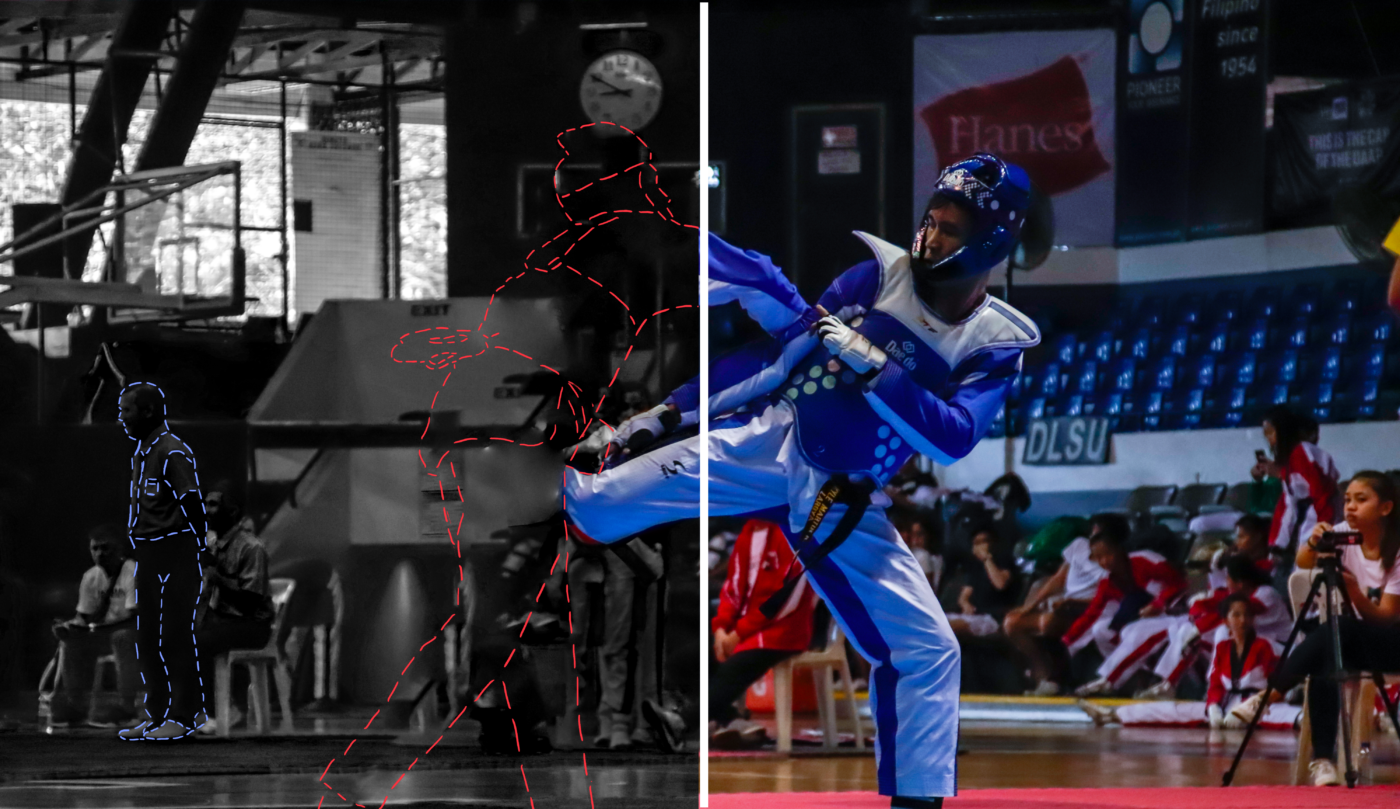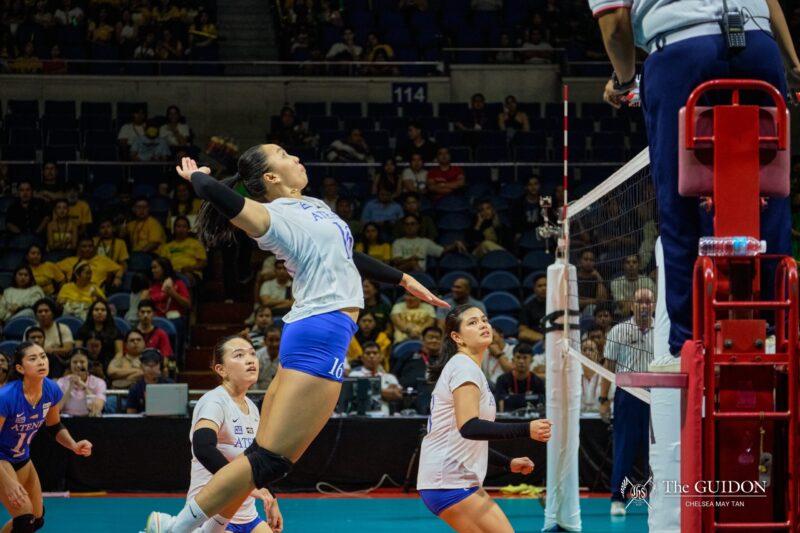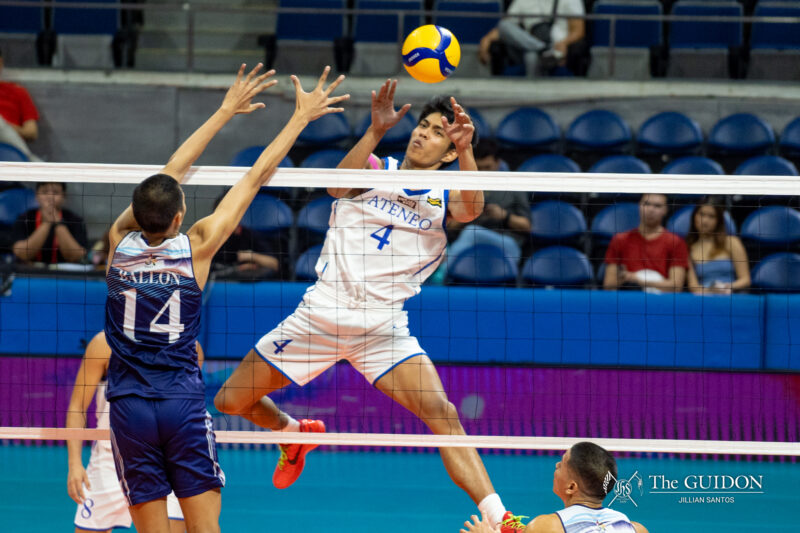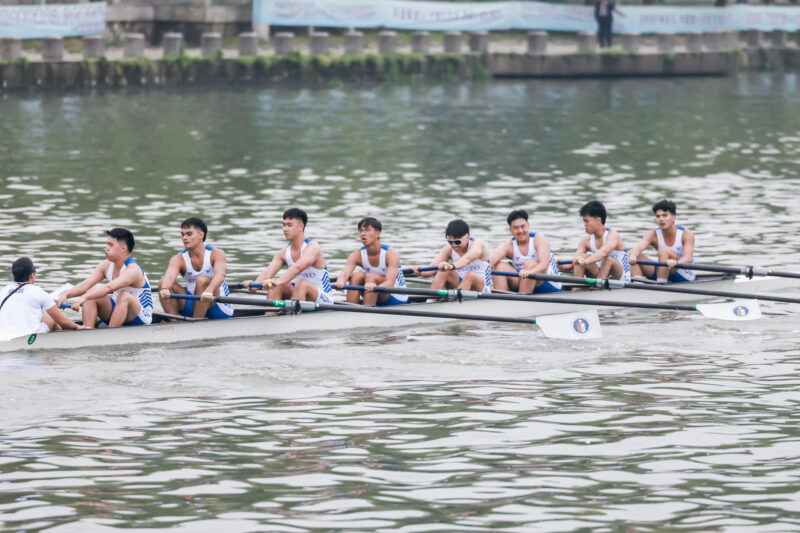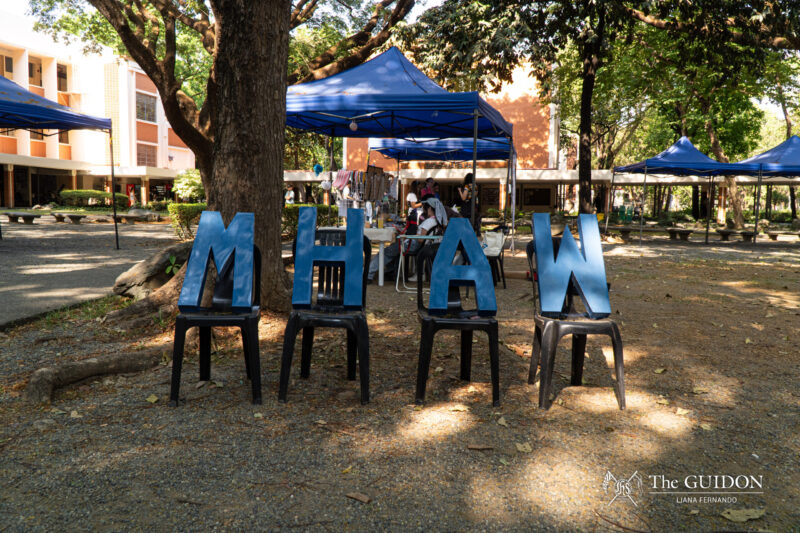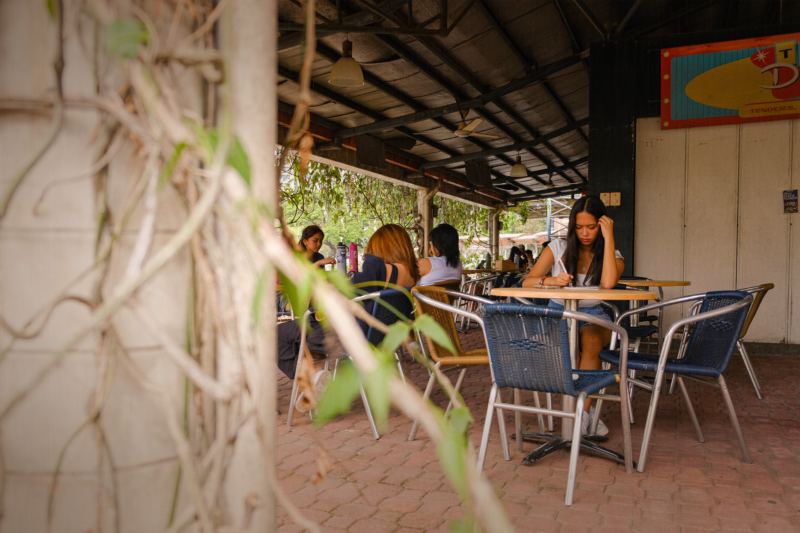The University Athletics Association of the Philippines (UAAP) was slated for its long-awaited return in the first quarter of 2022. However, the recent COVID-19 holiday surge staggered the collegiate league’s progress yet again when the Inter-Agency Task Force (IATF) extended the National Capital Region’s (NCR) Alert Level 3 status until January 31. Although the UAAP is reported to return in March, the possibility of postponement due to Alert Level changes persists.
Nearly two years after the first COVID-19 lockdown in the country, the sporting world has made numerous sacrifices to achieve anything close to normalcy. As NCR returned to Alert Level 2 on February 1 and permitted individuals to partake in non-contact sports, some teams appear to be carrying on with an unlikely alternative for the meantime: Online competitions.
With online tournaments seeming to be here to stay for a bit longer, sports like taekwondo continue its practices in the digital realm.
Kicking consistently
Despite taekwondo being a full-contact sport, the Philippine Taekwondo Association (PTA) spared no effort for the Korean martial art to remain ever-present in the new normal. The PTA held its first online tilt in July 2020 through the 2020 SMART/Manuel V. Pangilinan Online National Taekwondo Speed Kicking Championships. Speed kicking, contrary to traditional face-to-face sparring, centers on technicalities and overall performance rather than obtaining a higher score in a match against a physical opponent. Unlike sparring—wherein tournaments happen in real-time—speed kicking competitions utilize video submissions, allowing players the liberty to film in their own time.
Though this form of competition may seem facile, it comes with its own hurdles in actuality. For one, the short time limit coupled with the complex footwork and the sheer number of required kicks and punches is anything but a breeze.
“It looks like it’s easy, but it’s actually not. Imagine requiring our players to kick 70 times and throw six punches for 60 seconds with combinations of footwork. They really need to train harder [for speed kicking events],” shared Ateneo Taekwondo Sparring Team (ATST) Coach Elmer Rafael.
With this, ATST Co-Captain Harley Santos (4 AB IS) admitted that the transition from traditional sparring to speed kicking remains a bumpy ride, citing the latter’s reliance on speed as a measure of skill. “I’m one of those people [whose weapon isn’t] speed when it comes to taekwondo. I’m more of an endurance-technique guy,” stated Santos.
Moreover, Rafael attested that another major difficulty in speed kicking is devising completely new routines for every competition. As the submissions are live-streamed on Facebook for judging and posted publicly on YouTube, players have easy access to each other’s routines, allowing them to study and counter their opponents’ kicking and footwork combinations in succeeding competitions.
In addition to the newfound difficulties of online speed kicking, Santos further highlights the pivotal difference between speed kicking and traditional sparring: The presence of a competitive atmosphere. Online competitions deprive jins of the proximity necessary to cultivate the success-hungry climate that drives them to victory.
Nonetheless, Rafael and Santos commend the PTA for striving to keep taekwondo alive amid the pandemic. The ATST has even donned the Blue and White in 13 different online competitions from 2020 to 2021. As such, even when they finally set foot on the UAAP mats, virtual tournaments will remain integral to their careers as athletes.
Allez!… not yet?
Contrary to sports like taekwondo that have found a temporary replacement for physical bouts, some programs have not had the opportunity to follow suit. This has led some athletes to merely await a potential UAAP return, something that looked likely before another surge of COVID-19 cases. One of the last teams to have competed before the pandemic struck back in March 2020, the Ateneo Fencing Team has lacked online competitions—due in large part to its structure barring it from adapting to online competitive leagues.
For Assistant Coach Ryan Janeo, the prolonged hiatus is hardest on the seniors who cannot compete in their final playing year in the UAAP. “It really affected the seniors who have been ready from day one, so once the news broke, siyempre [it was] frustrating and sad among athletes, especially the expected medalists in the UAAP,” he said.
With sports having to find contactless alternatives, Janeo shared that fencing would have trouble adapting to the virtual sphere, something that sports like taekwondo have already figured out. If there were a plan to consider a skill-based competition, it would be shot down by the idea that so much will have to be changed for it to work. Janeo also argued that having skill-based matches just for the sake of competing online takes away the true essence of fencing as a combat sport.
This sentiment is preached by the athletes as well, with fencer Althea Sebastian (2 AB COM) stating that the online setup falls short of providing her with the adrenaline that on-site matches do.
Furthermore, the primary problems athletes and coaches face in a two-year hiatus from play are redundancy and constant adjustment. The absence of a suitable competitive environment limits what athletes can do for their craft, tending to make activities more repetitive.
Looking ahead
With a number of sports continuing this alternative route of competition, the virtual athletic stage looks like it will remain a vital component in sports so long as the pandemic persists. However, despite having already joined numerous online speed kicking championships, the ATST still prefers on-site sparring competitions where skills other than speed can thrive. As there have been minimal on-site competitions for any sport, online sporting evidently lacks key factors that are crucial to fostering the full competitive experience for athletes. To add insult to injury, not everyone gets the same amount of leeway to compete in this type of setup.
Coaches and athletes alike are eager for a quick comeback, but any return of on-site competitions is cast in doubt by the uncertainties of the pandemic. With all the discussions about physical sports returning to a physical environment, Janeo expresses his preference for prioritizing face-to-face classes first.
“Always remember that these players are student-athletes. Student first. Mag classes muna, then everything else will fall into place for things like sports,” said Janeo.
Although Rafael hopes to have his players train and compete under a bubble setup soon, he emphasizes the importance of ensuring that the ATST is fully vaccinated, alongside abiding by IATF regulations.
Above all else, coaches will always prioritize safety for their players before they go back to performing at a high level. Until then, athletes will have to remain on standby before they put their talents on display once again.

